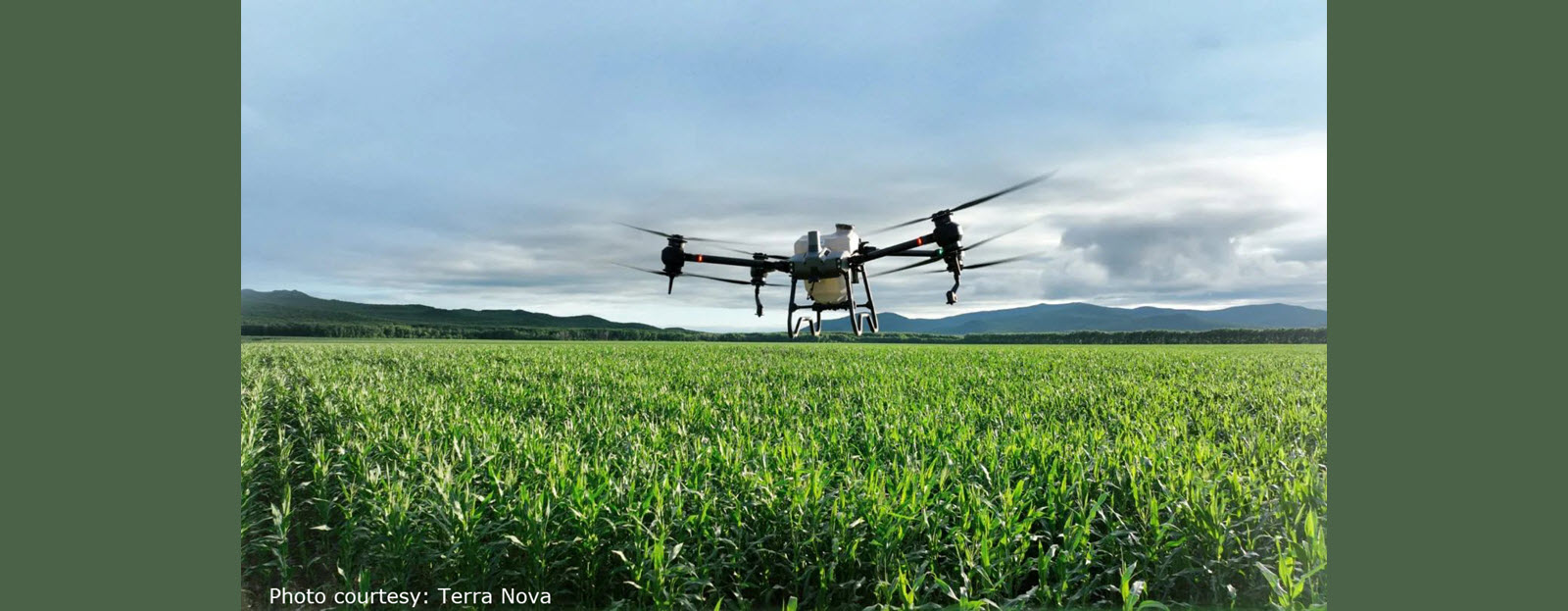Updated regulations now define how drones or RPAS should be used for pesticide application, emphasizing the importance of label indications.
There’s a vital update on the usage of Remotely Piloted Aircraft Systems (RPAS) - commonly known as drones - for pesticide application. Staying updated with regulations ensures that our farming processes remain both efficient and legal.
Here are the key points of the recent changes:
- Label Indications Matter: If you're considering drones for applying pesticides, first check the product label. The green light is given only if it mentions "Remotely Piloted Aircraft Systems" or "RPAS". Any product lacking these terms on its label means drones are a no-go under the Pest Control Products Act.
- Awaiting Drone-Specific Data: The Pest Management Regulatory Agency (PMRA) is yet to receive any data on using drones for pesticides that need a unique drone assessment. So, before jumping the gun, it's important to wait for clarity on this aspect.
- Inclusion on Pesticide Label: Without the required data and its proper assessment, don't expect to see drones mentioned on a pesticide label anytime soon. It’s vital to stay informed and avoid any premature adaptations.
Taking Initiative - Interested in pioneering this method? Collaborate with registrants. They'll need to present an amendment application to the PMRA, coupled with adequate data detailing the risks and hazards of this application method.
As technology continues to advance, integrating it into agriculture requires due diligence. This updated guideline is a step towards ensuring that as we embrace modern techniques, we do so responsibly and safely.
Related Articles
- Precision Technology for Fertilizer Mixing & Blending Precision agriculture is everywhere, even in fertilizer mixing and blending systems, where automated systems and software-based systems are quickly becoming a crucial element to the industry. (Sponsored Content) N...
- Canadian Foodgrains Bank and Viterra fighting against hunger Canadian Foodgrains Bank, together with Viterra and its volunteer farmers, marks the eighth year of their joint efforts to tackle global hunger, utilizing farmland across Saskatchewan and Alberta. As reported on F...
- Green boost - pulp mill waste transforms soil health and cuts emissions University of Alberta study reveals pulp mill waste enhances soil fertility and reduces greenhouse gases. Over two years, researchers experimented with hybrid poplar tree plantations in northern Alberta, discoveri...
- Will South American crops survive? Even with the flag of Brazil covered in soybeans, the dryness experienced within the Amazon rainforest is having a negative affect on the country’s corn and soy yield. By Colin McNaughton, Farms.com Risk Managemen...
- 18 action steps for farmer aid proposed by CFA Canadian agriculture is at a crossroads with rising operational costs and regulatory challenges threatening the industry's financial and mental health. The Canadian Federation of Agriculture (CFA) has identified 1...
 How to resolve AdBlock issue?
How to resolve AdBlock issue? 


Join the discussion...
You must be logged in as a CAAR member to comment.
Report
My comments